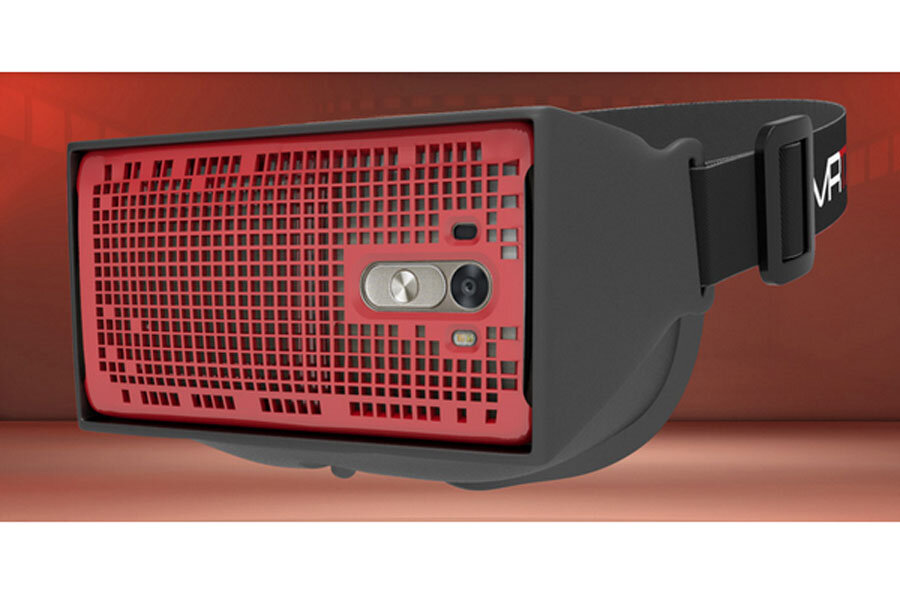Sony promises Project Morpheus VR goggles by 2016
Loading...
Sony revealed a new and improved prototype of its virtual reality gear Project Morpheus at the Game Developers Conference (GDC) on Tuesday and announced that the a final version will be available in 2016. The virtual reality headset, designed for the PlayStation 4, will be released sometime in the first half of the year and has not been given a price point.
Project Morpheus was originally unveiled at GDC in 2014 and has since been demoed by thousands of users. Sony used the feedback to fine-tune the VR gear and has made significant enhancements to the device.
The new Project Morpheus has a larger 5.7-inch screen and gives the user about a 100-degree field view. The OLED display has a much higher resolution than the previous version, specifically a 1080x1920 RGB display, which helps reduce the “screen door” effect that plagues other VR headsets.
Additionally, the headgear has a latency of less than 18 microseconds, a 120Hz refresh rate (double that of the original model), and has nine LED sensors to allow more communication points for the PlayStation’s camera. The headset also shifts the weight of the object to the top of the head, rather than front-loading the weight in front of the face.
Shuhei Yoshida, Sony’s Worldwide Studios chief, told Wired that Sony plans on releasing the prototype to game developers in April, but they will not be “final, final” kits.
Sony brought three demo games to GDC, but “London Heist” was the demo that stood out to reviewers. It is a sort of first-person shooter game and requires users to do things such as answer phone calls, duck behind objects for cover, and rifle through desk draws for more ammo.
Sony was not the only one to announce a release date for virtual reality technology this week. HTC and Valve announced at Mobile World Congress that its virtual reality streaming headset HTC Vive would be shipping before the end of the year.






